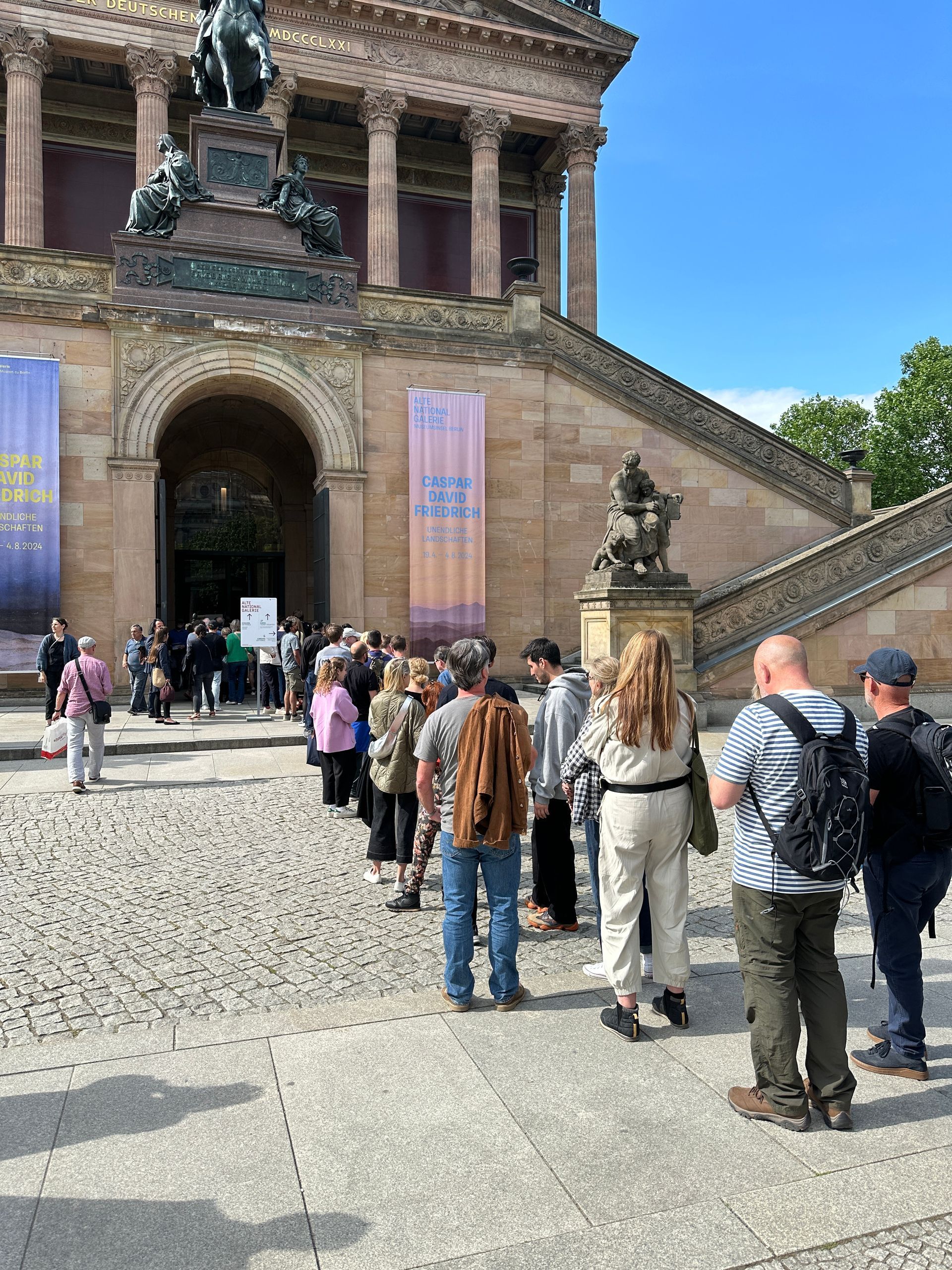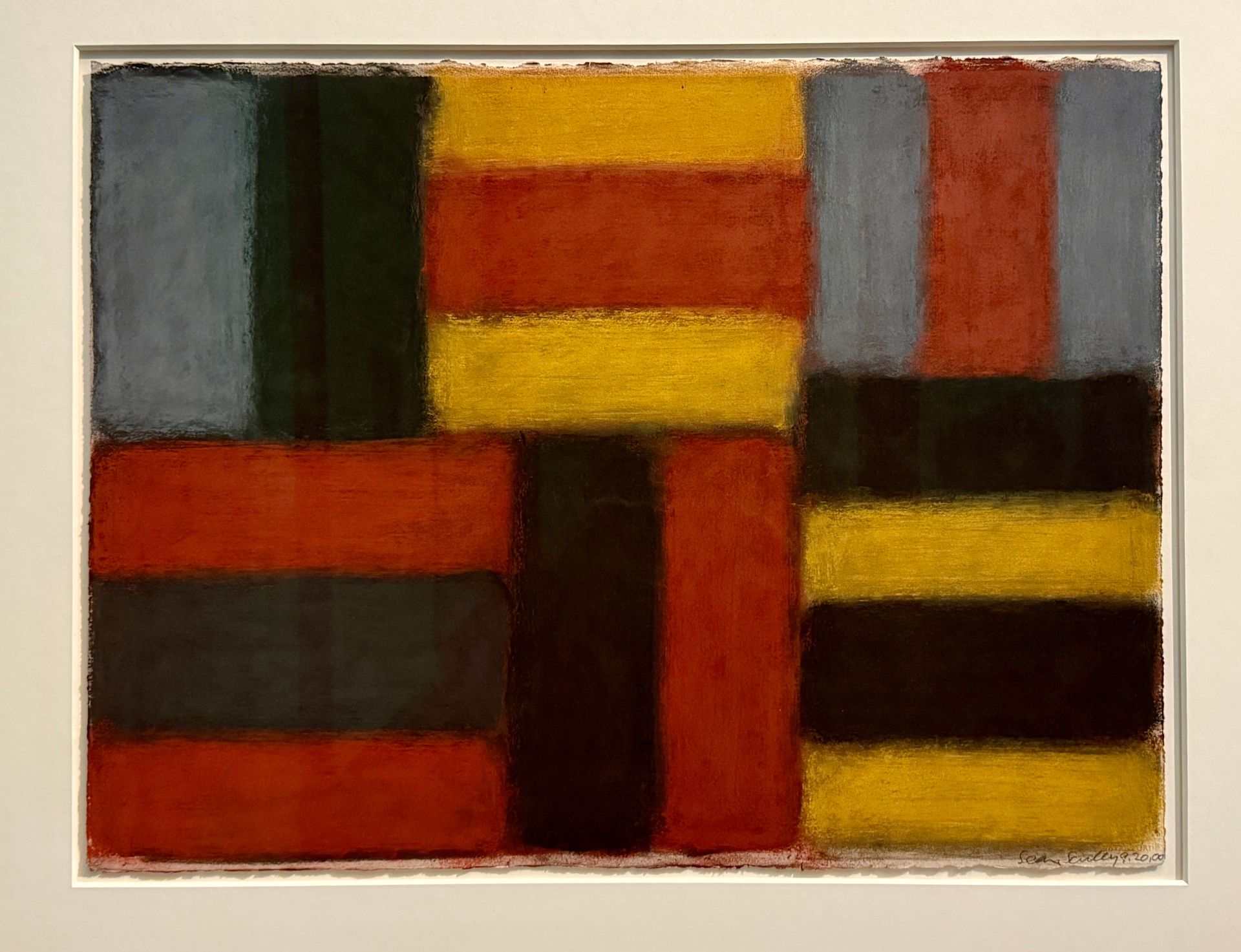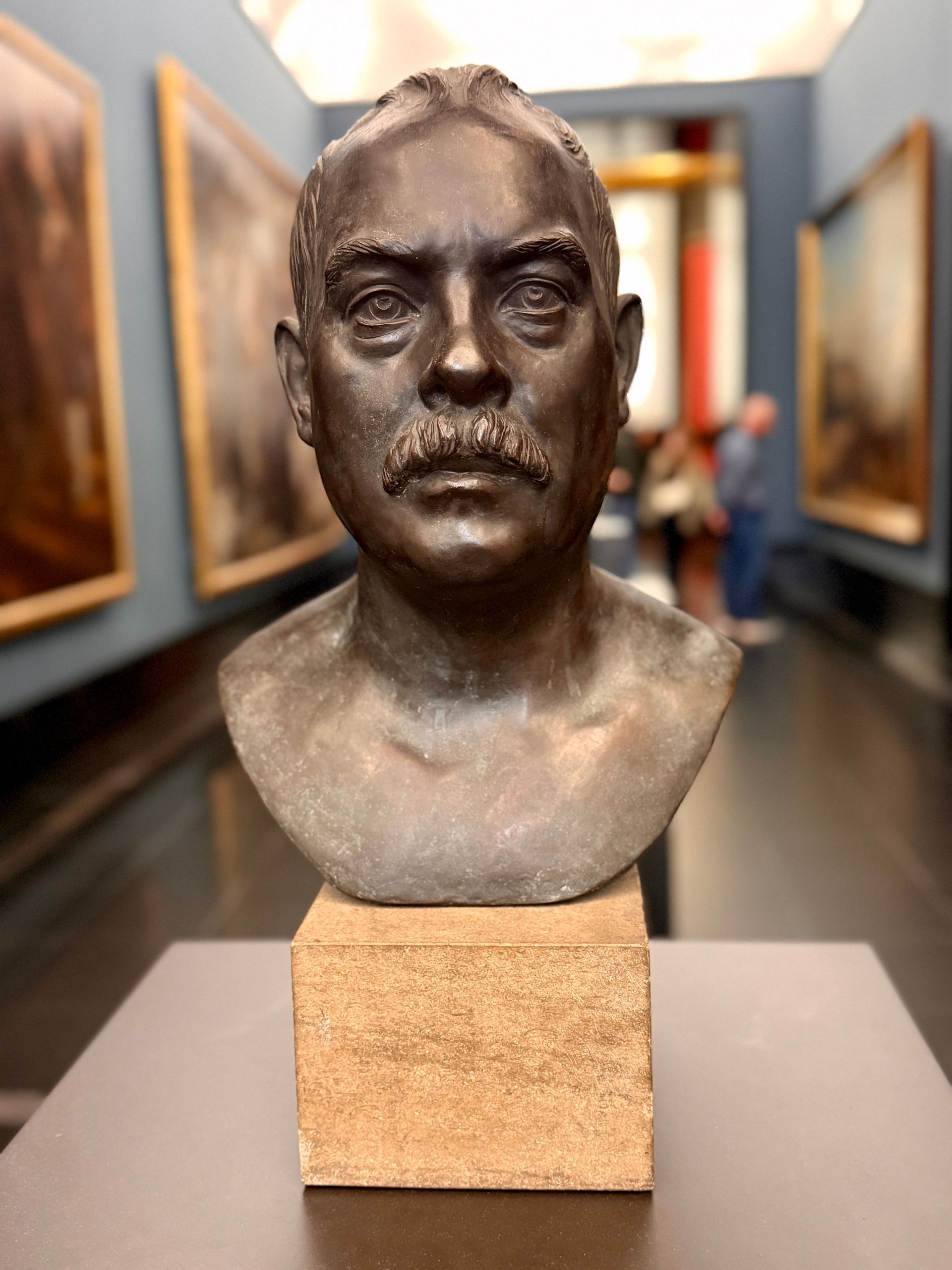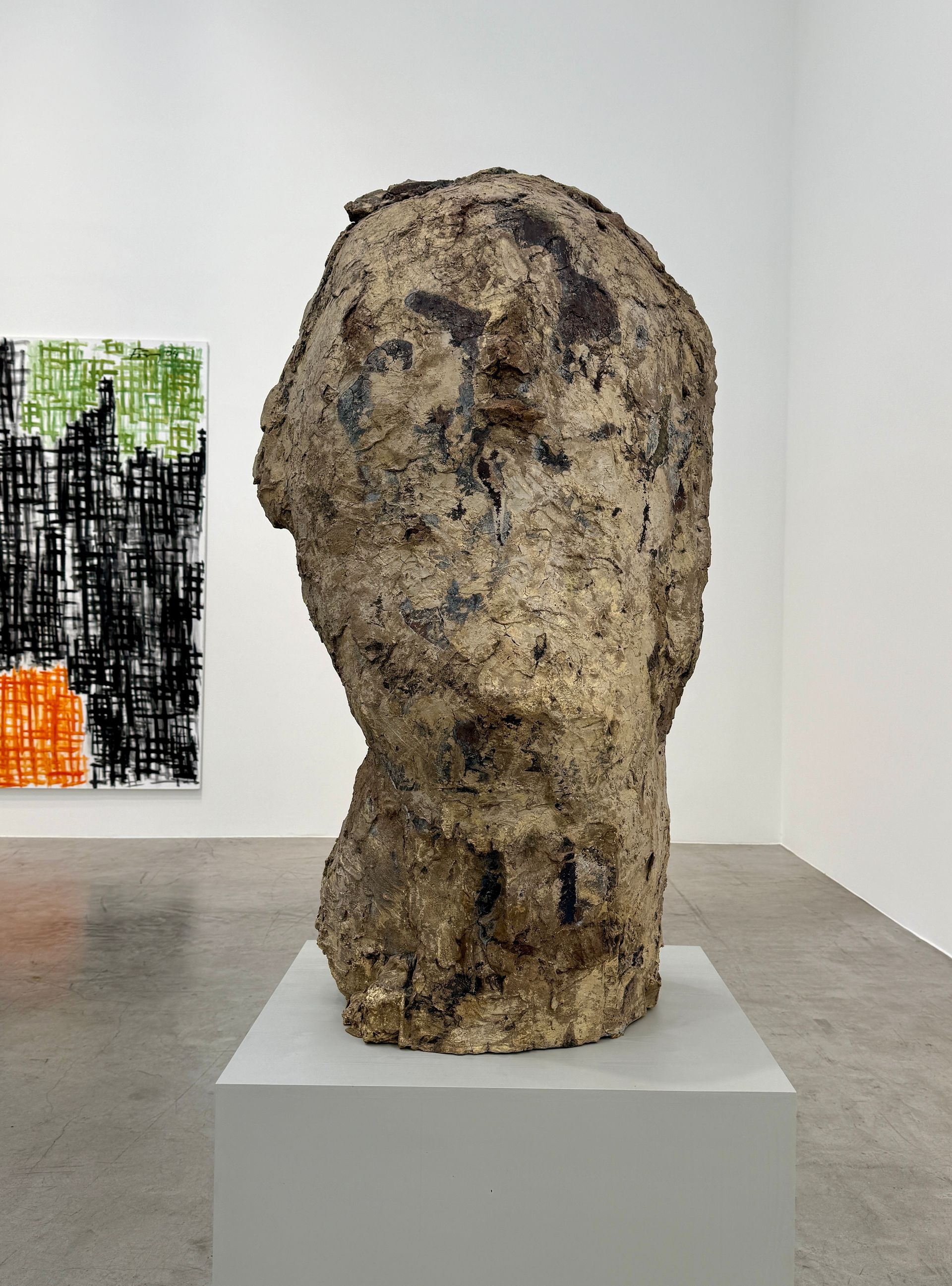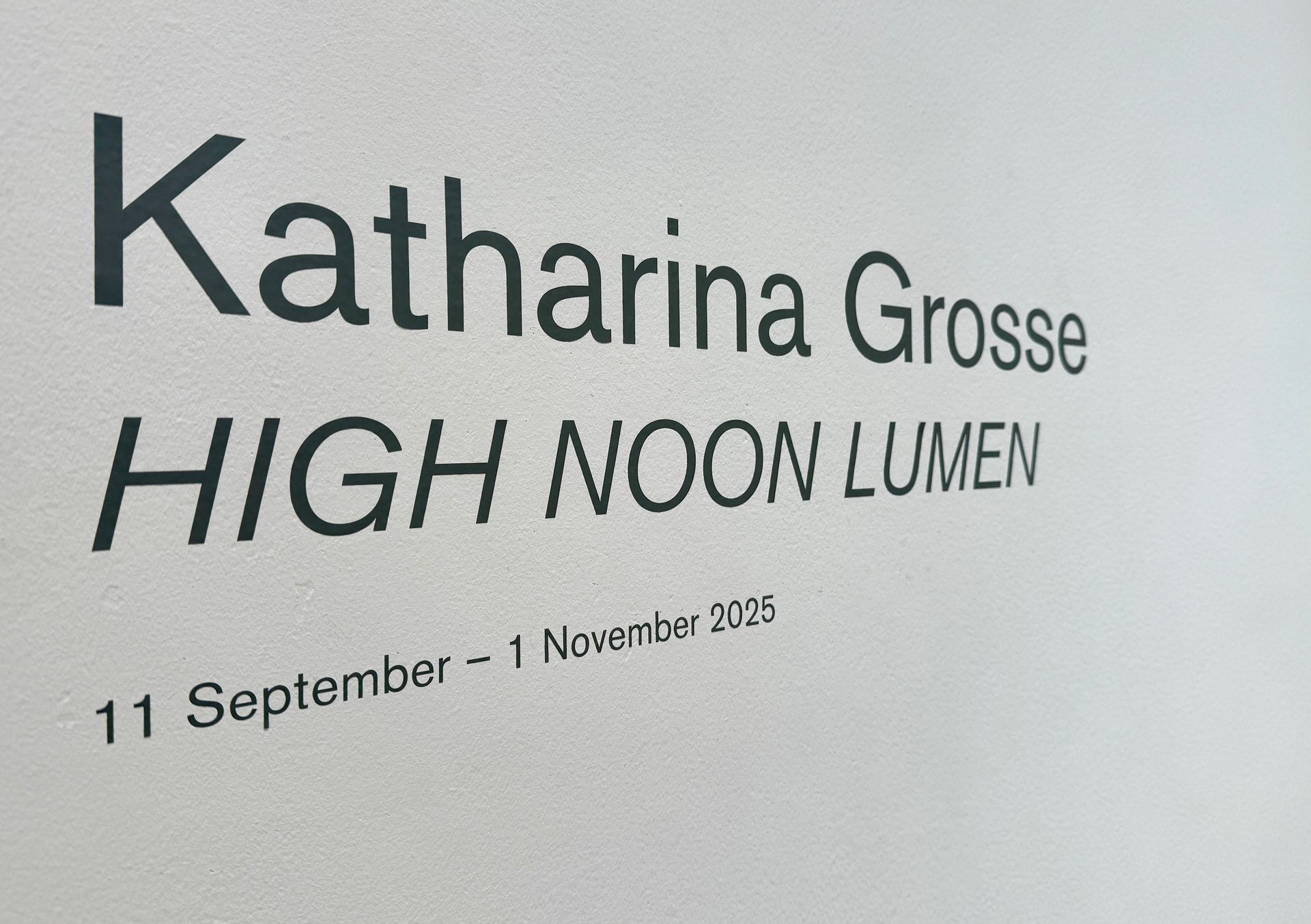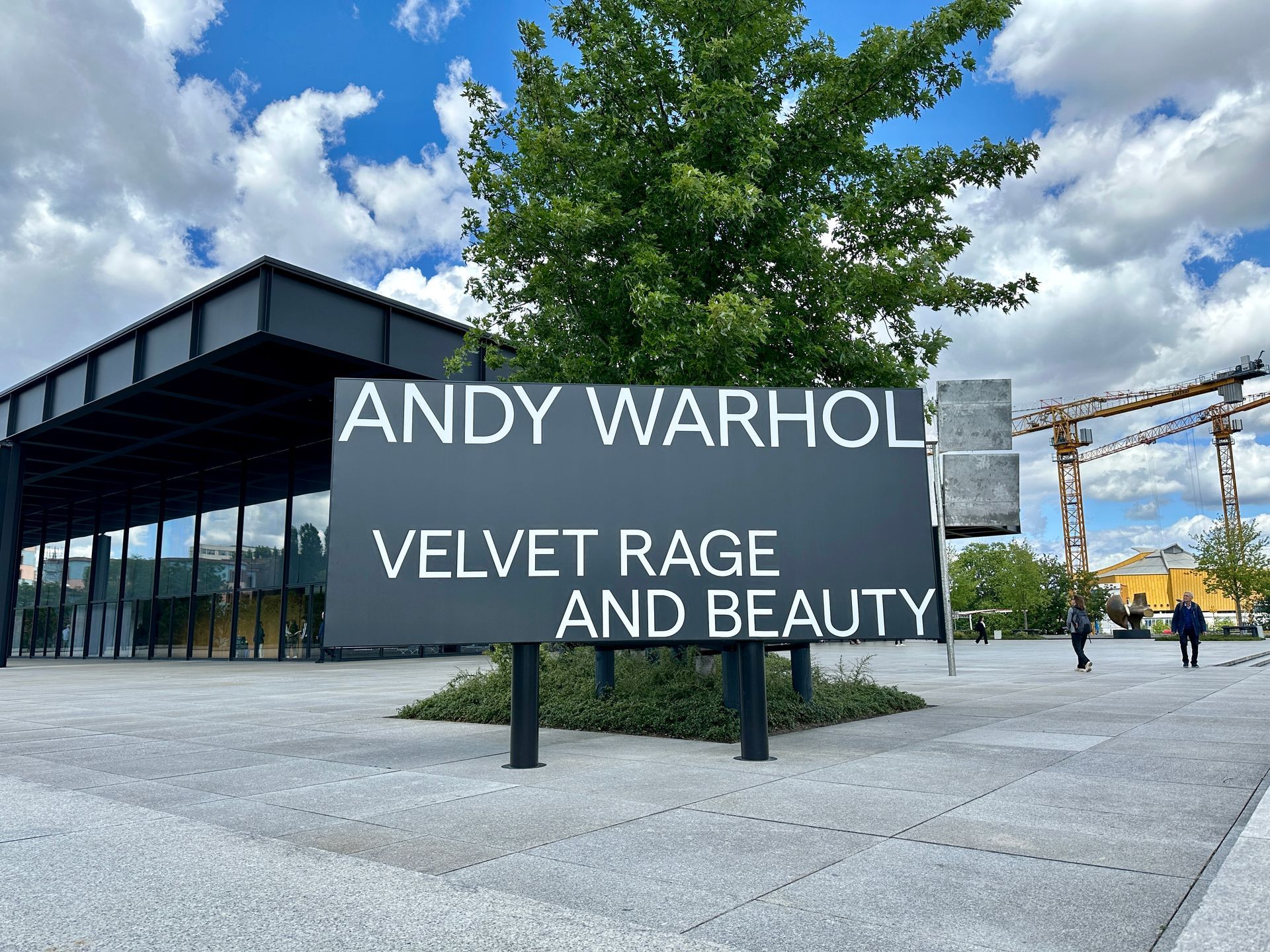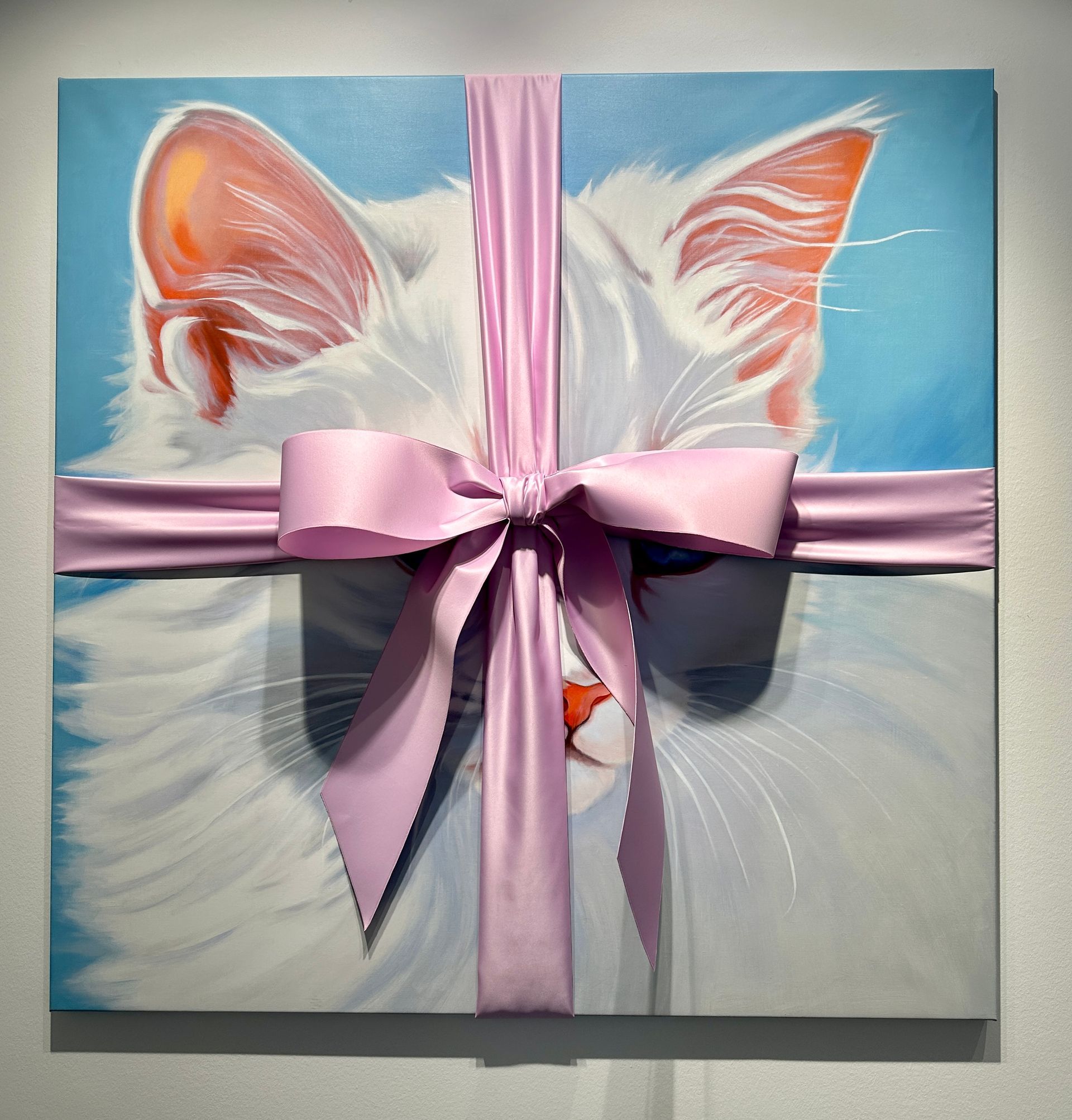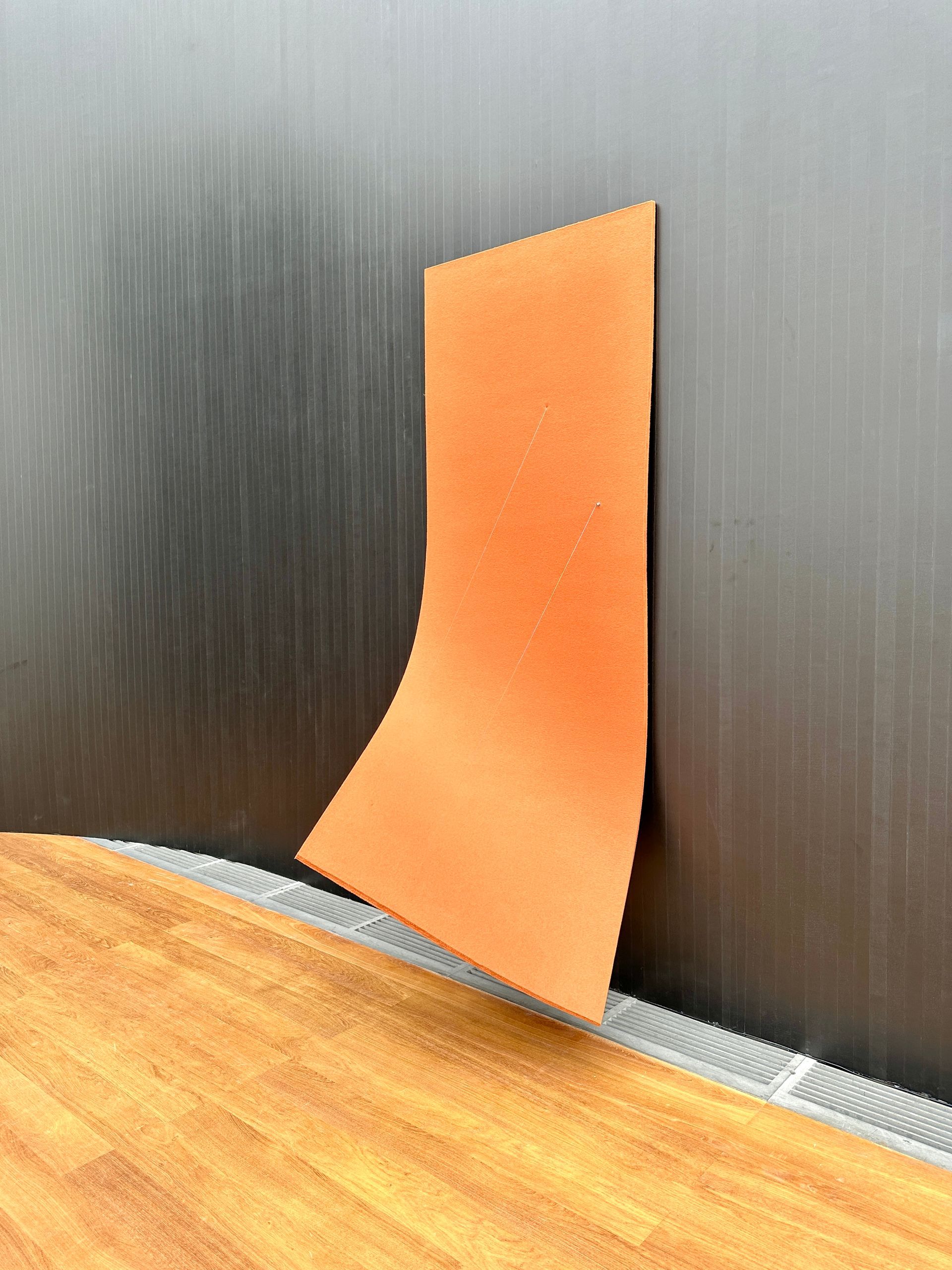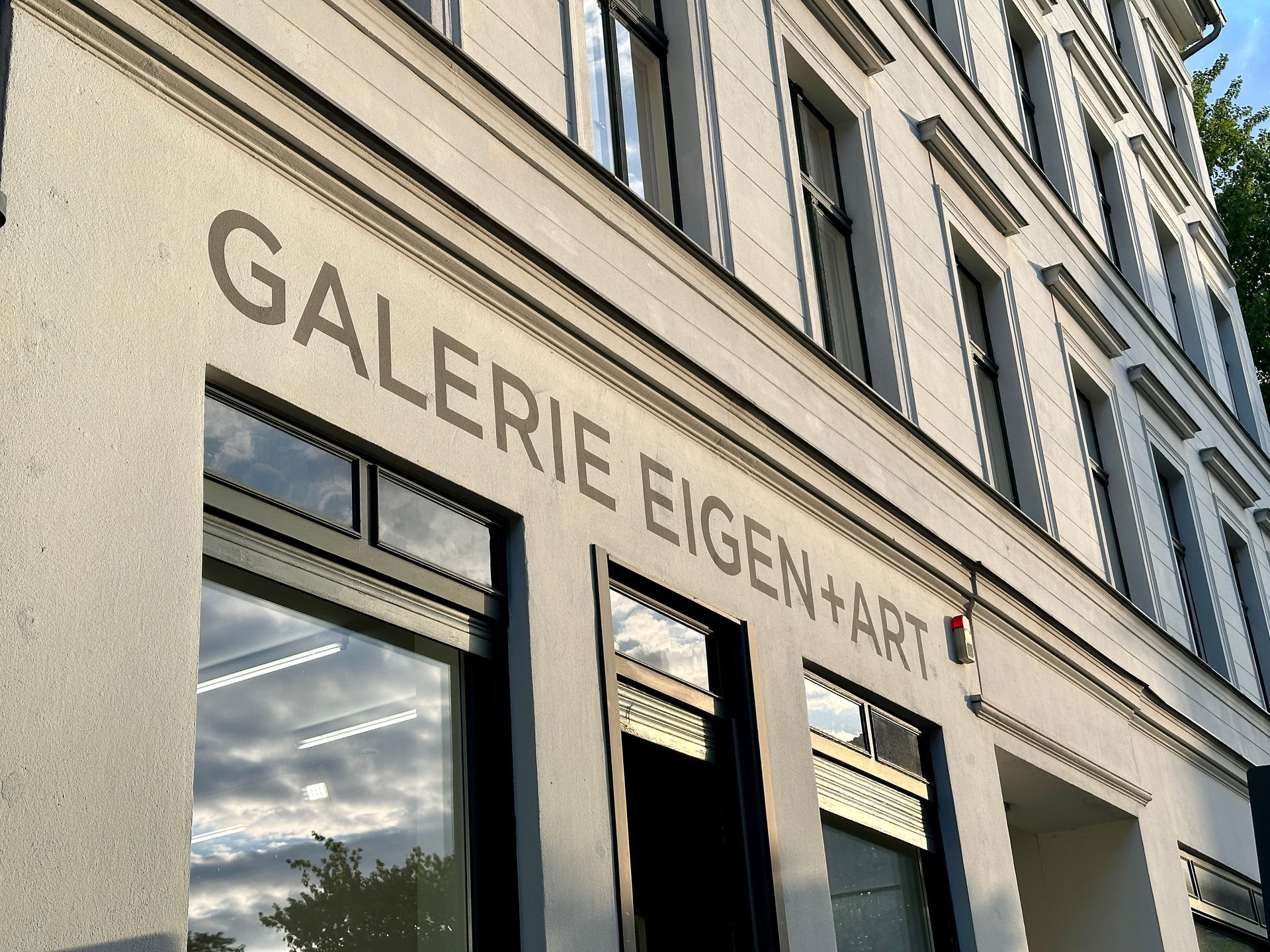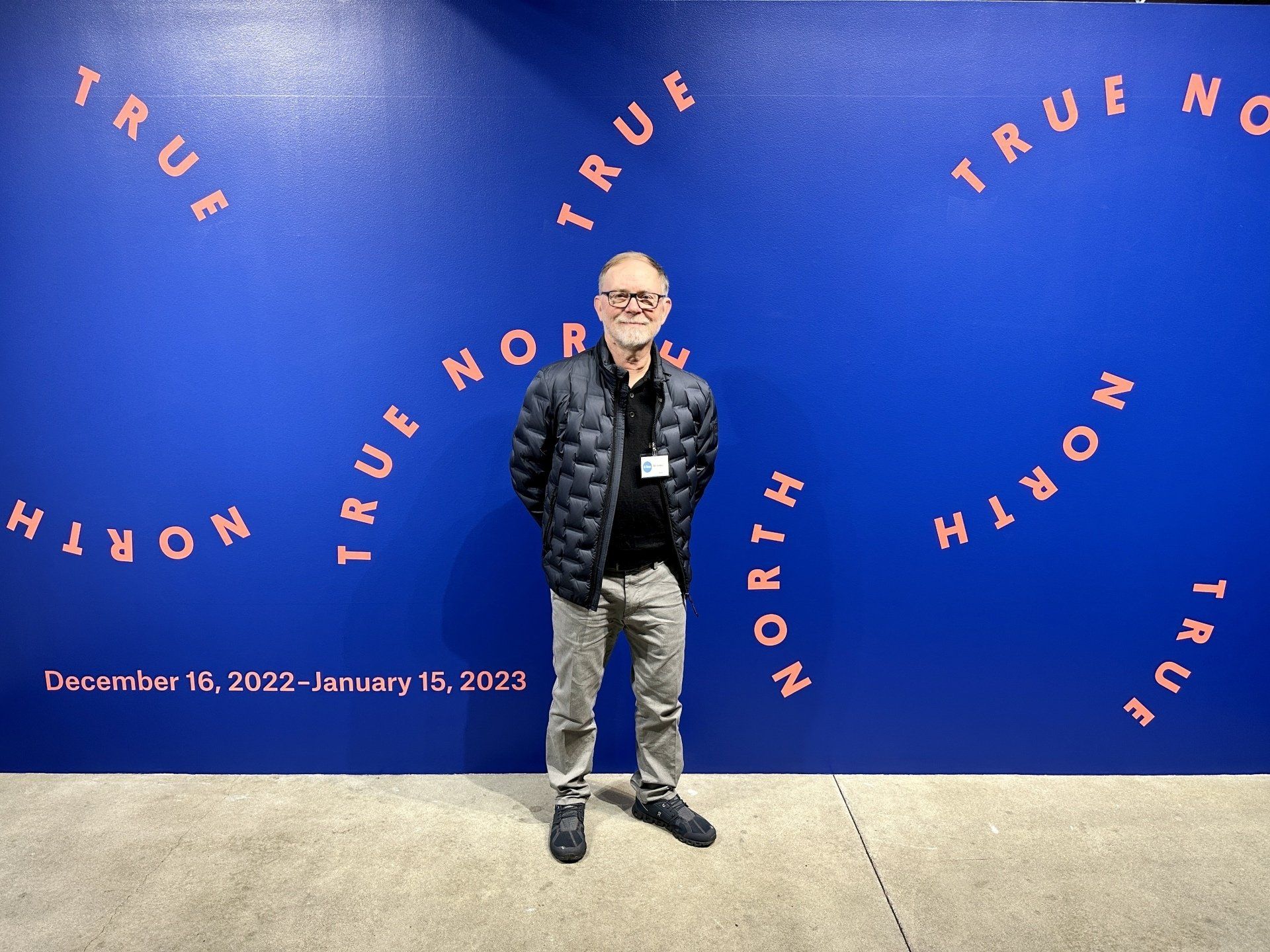Berlin Crowds Line Up to Get a Dose of Romanticism
I was surprised to find time slots already booked up for a month to see “Infinite Landscapes,” the Caspar David Friedrich exhibit at the Alte Nationalgalerie in Berlin. Luckily, Mike and I got an earlier reservation as a result of Mike buying an annual museum pass. People who just showed up at the museum without reserving a time, had to wait in line at least an hour before getting in the doors.
Why all the excitement for an early 19th century painter of romanticized landscapes and ruins? The accessibility of the genre is certainly a public draw. The Romantic era’s emphasis on individuality, emotion and passion in the social and political realm, and a longing for the past (imagined to be better), all are in synch with Romanticism’s North Star and popular sentiments of our own times. There is a repeated pendulum swing, that has predictably back-and-forthed throughout art history: Renaissance to Baroque, Classical to Romantic, Victorian to Modernist, Expressionist to Minimalist, and we are currently at the Romantic segment of that arc.
The almost monochrome painting below expresses essential Romantic-era themes: fascination with the distant past, feelings of anxiety and loneliness, and mysticism. The picture could serve as a set design for a number of scenes from contemporary fantasy/science fiction films where medieval-style settings and power-jousting provide the action.
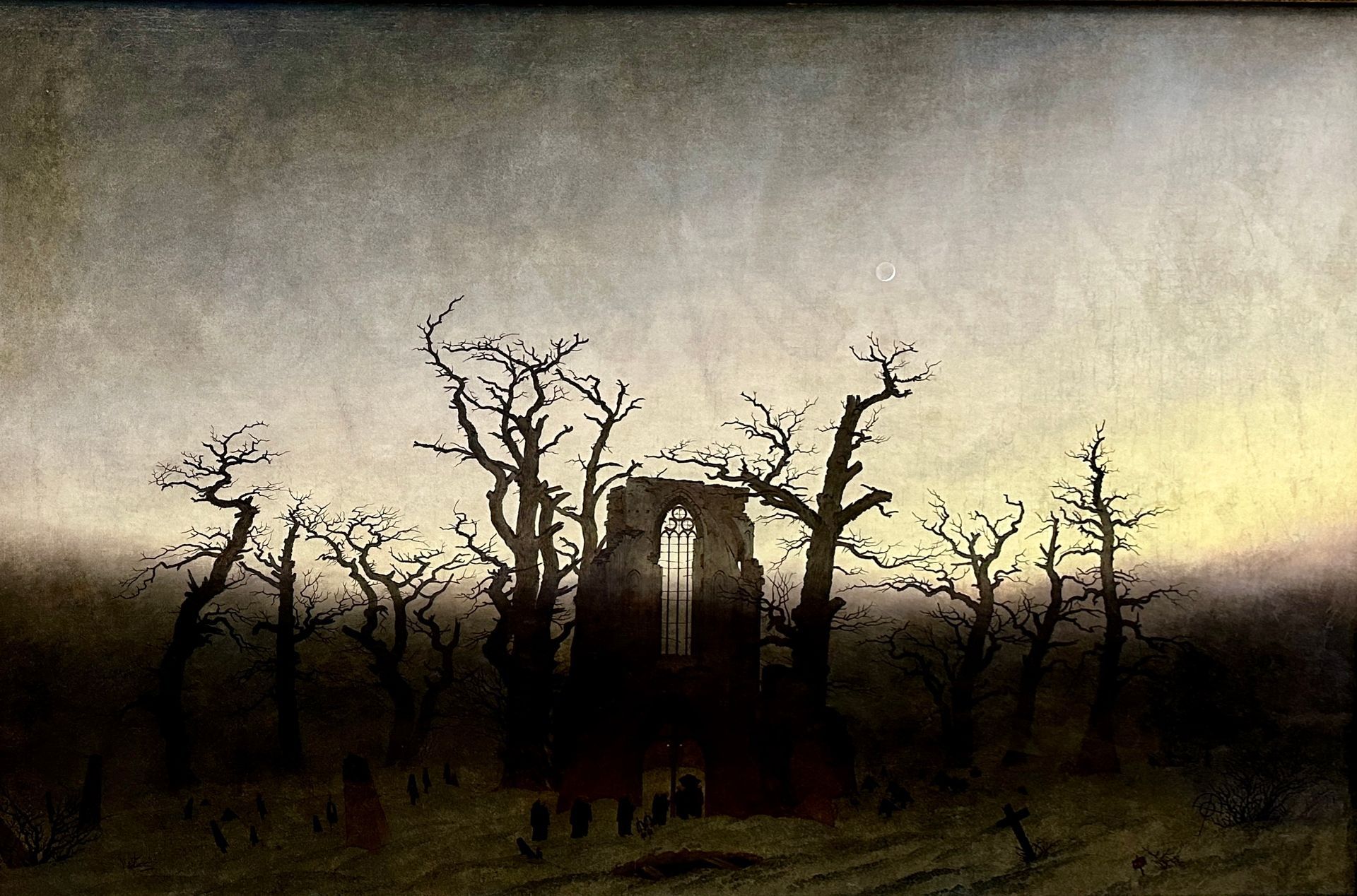
With painstaking detail in the picture below, Friedrich takes in the shadowy foliage and trees in the foreground and the expanse of field and sky further back. We are held back by the “fencing” of the huge oaks at the front of the picture. The sturdy, long-withstanding trees are the main characters in this drama - but are in shadow and almost entirely silhouetted. There is more tension than peace here, creating a fascinating moment in time. Friedrich created half realities/half fantasies like these by doing preparatory work in the field and then adding dramatic elements in the studio.
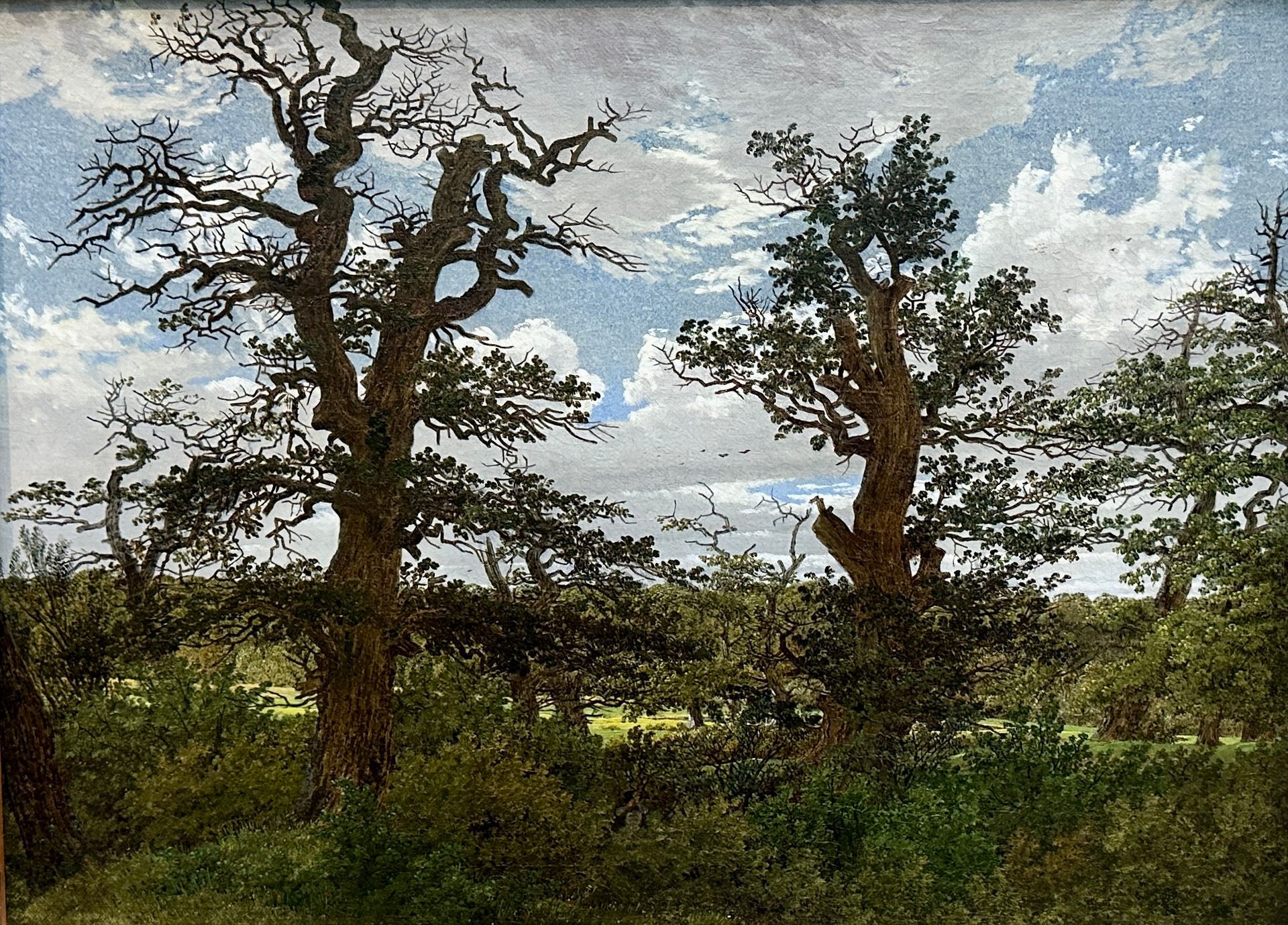
The painting below by Georg Friedrich Kerstin, friend of Caspar David Friedrich, depicts C.D. Friedrich at work in his studio. It’s not only interesting to see a depiction of Friedrich’s painting method - holding a number of brushes, an easel and a long stick to steady his hand - all in his left hand and painting with his right. Also interesting is the spartan tidiness of the room. According to the exhibition notes, Friedrich wanted no distractions in the studio!

This ink and pencil drawing demonstrates how details in nature captivated Friedrich. He could obsess on tiny elements without losing track of the form and feeling of the subject. Practically every leaf of this tree is drawn out, yet the we can still perceive the light and dark sides of the tree and the weight of the leaf clusters. Not easy to do.
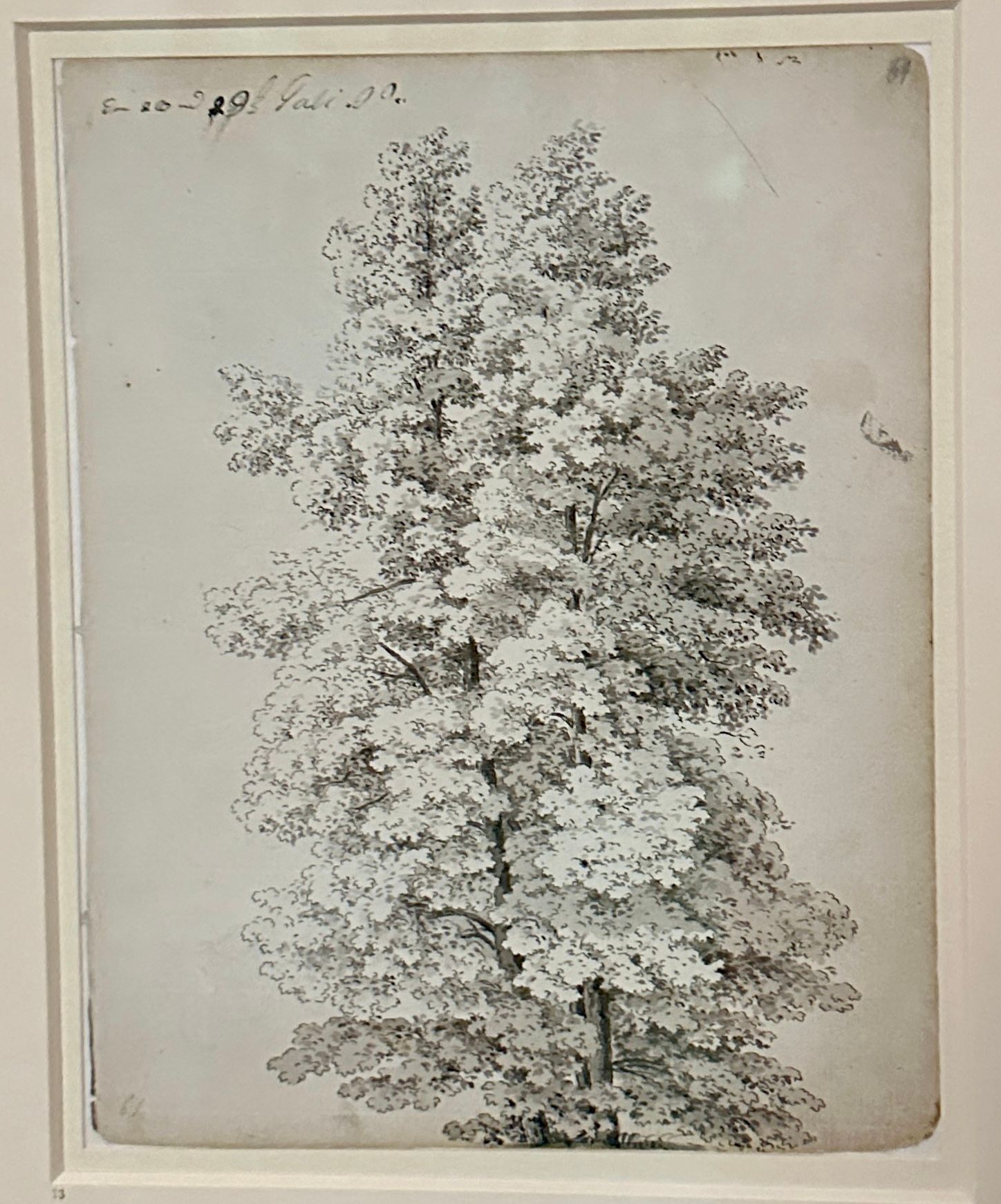
This unusual painting has an odd symmetry with a low, compressed horizon. But because it ignores several traditional rules of composition, it has a documentary feel. A long time ago, I was told in a watercolor class to never include two mountain peaks in a painting, because they always will be seen as breasts. Probably not “always,” but in any case, these are Friedrich’s twin mountains in direct opposition to a clear, but dominant sky. I feel like the sky is pressing down much more than the land is asserting itself upward. There’s also a haunting quality of timelessness here.
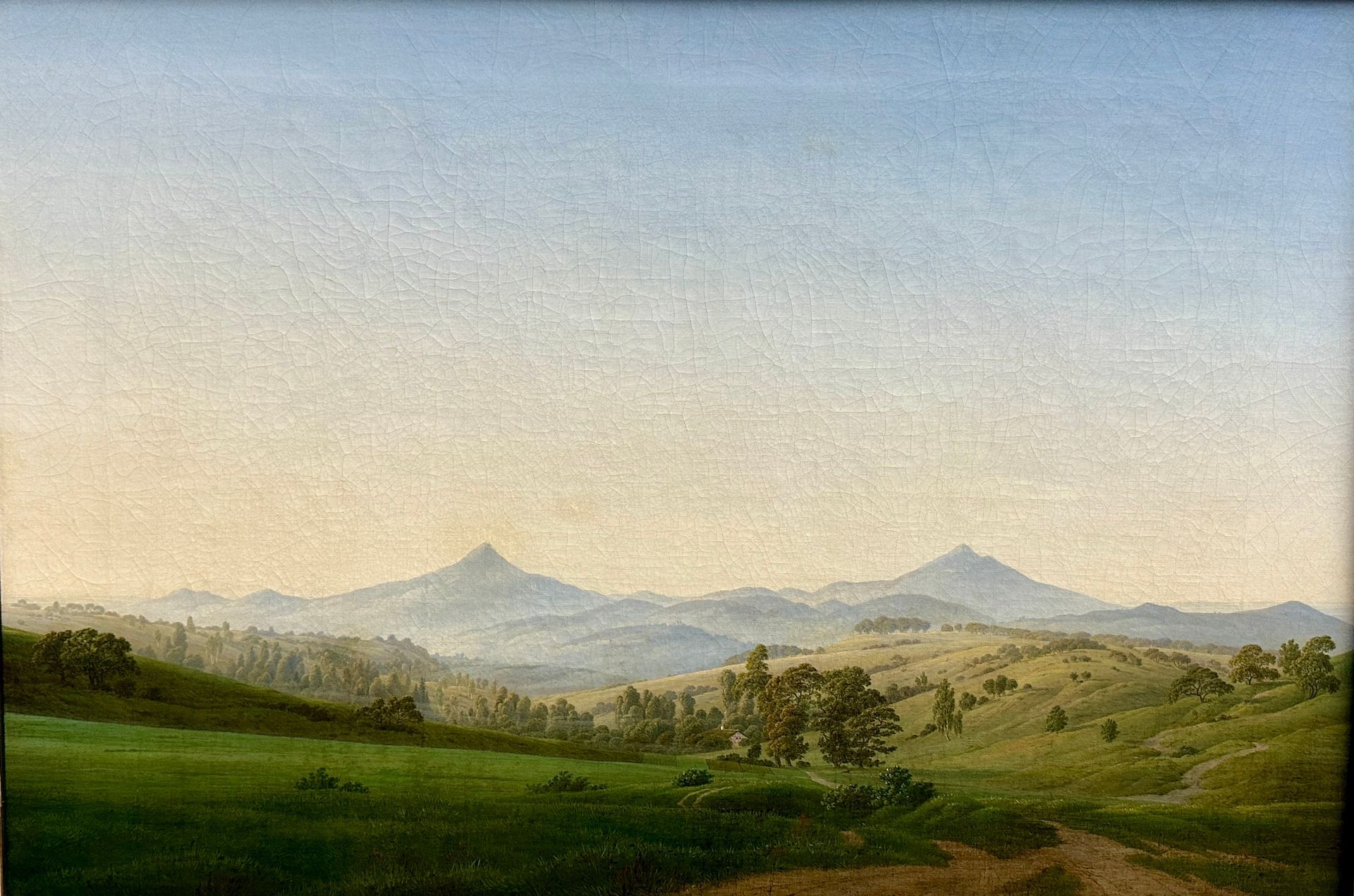
The painting below also has a documentary feel. The only person in the picture is the unseen viewer of the painting (you), standing alone, facing the terrain and sky, which will surely outlast the viewer’s lifetime.
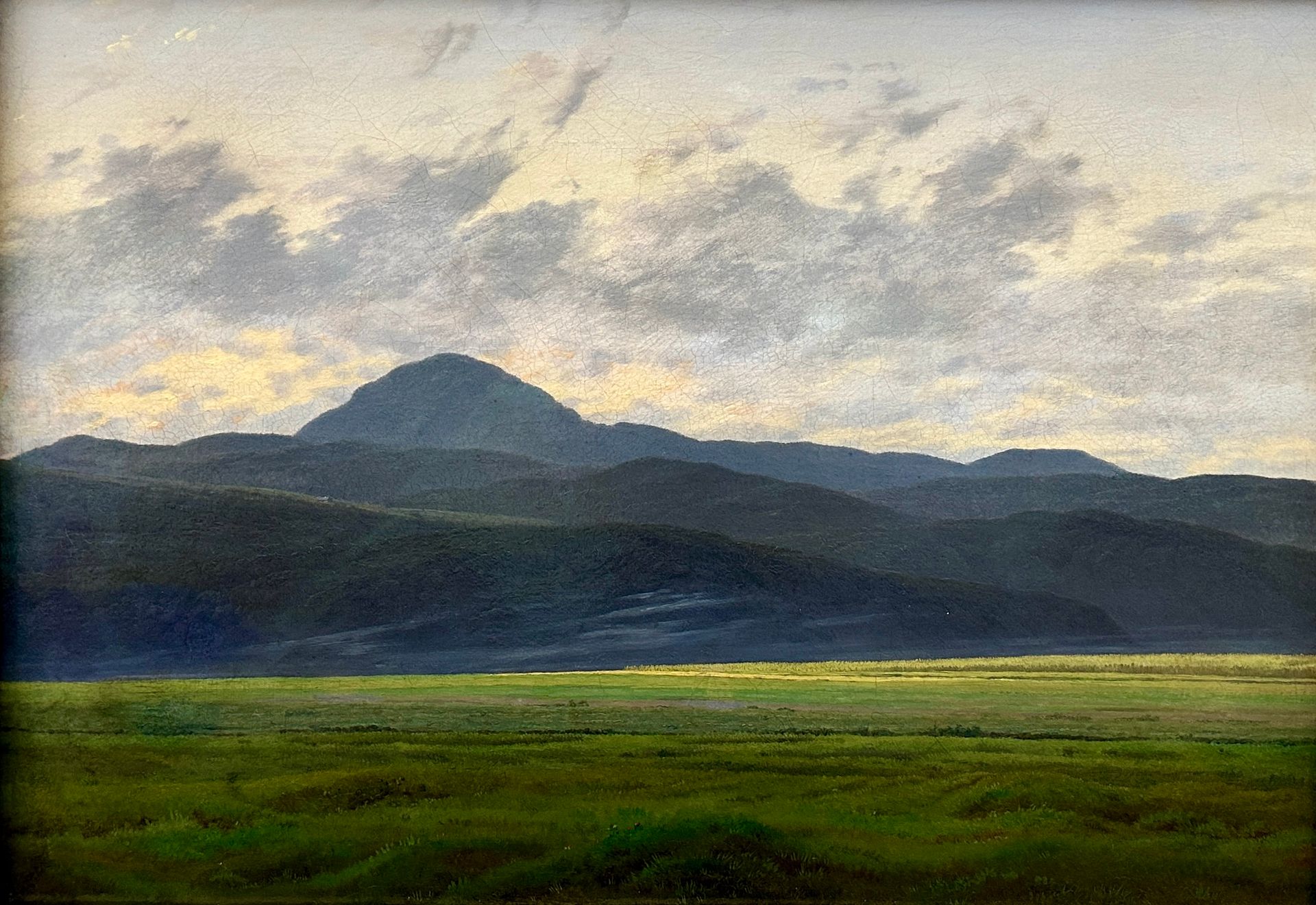
“Infinite Landscapes” runs through August 4, 2024.

